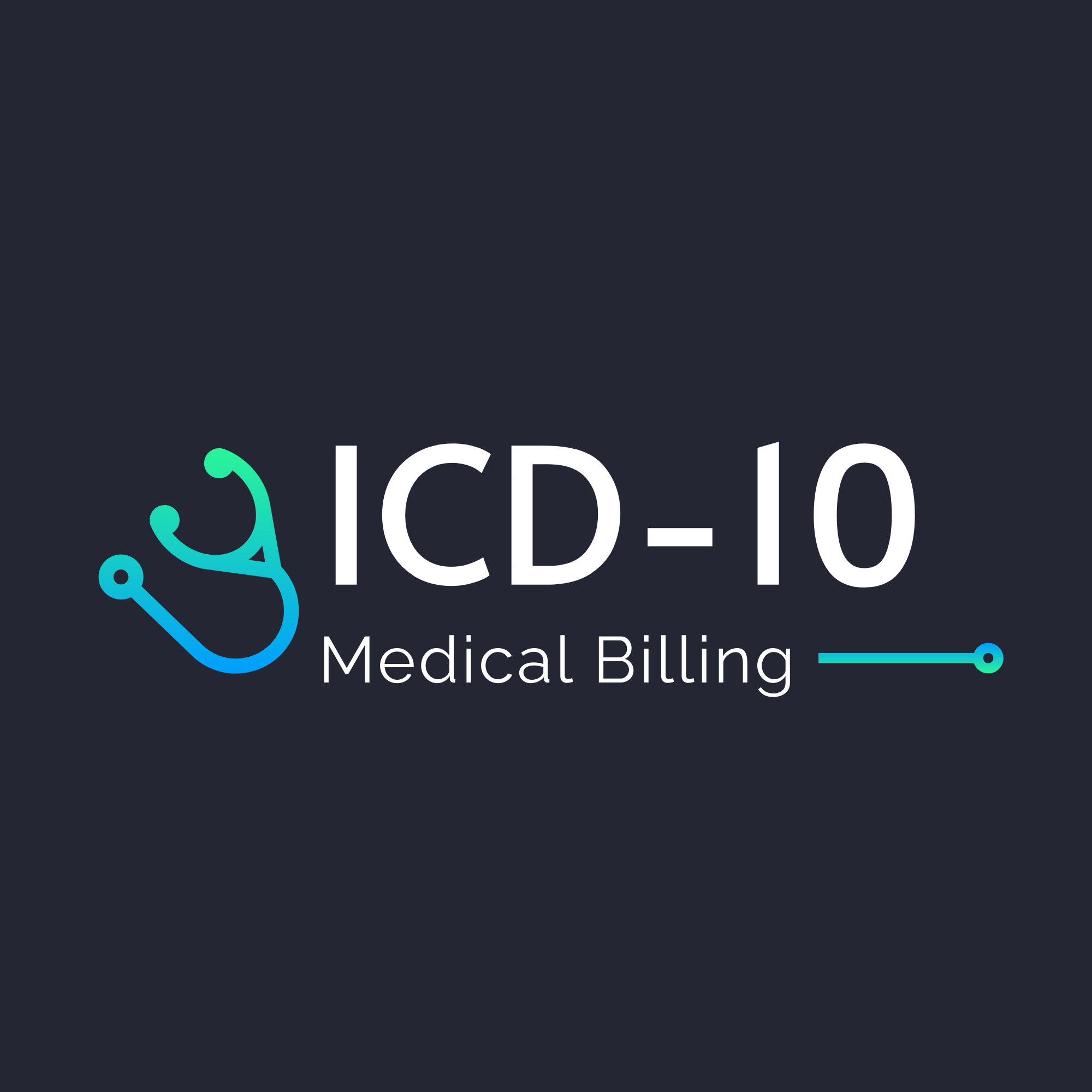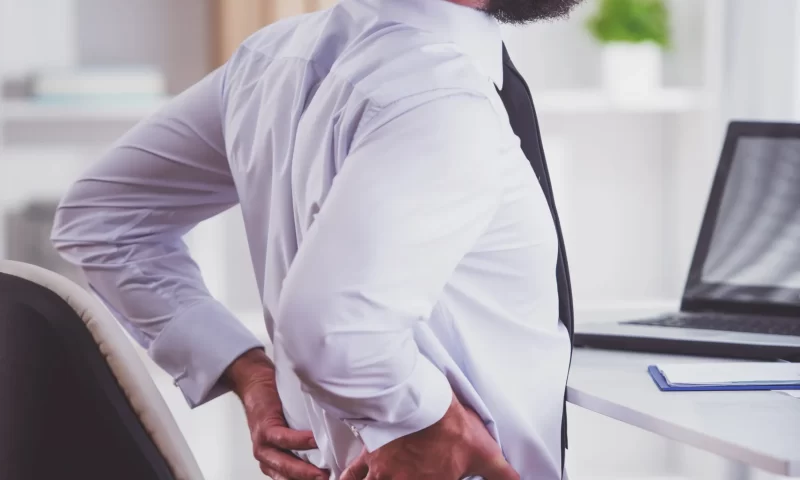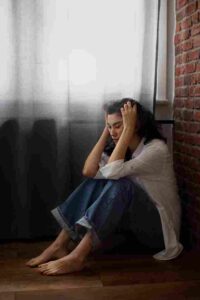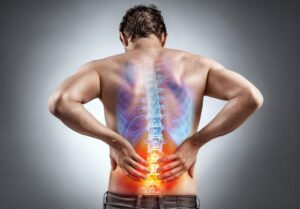Low back pain (M54.5) refers to discomfort or pain localized to the area between the bottom of the rib cage and the top of the legs, specifically in the lumbar spine region. It is a common medical condition that can range from mild discomfort to severe pain.
- Importance of understanding its causes and treatments: Many people experience low back pain at some point in their lives. Understanding the causes and treatment options can help individuals manage their pain effectively and improve their quality of life.
Causes of Low Back Pain
- Muscle Strain:
Overuse, poor posture, lifting heavy objects improperly, or sudden movements can strain the muscles and ligaments in the lower back, leading to pain. - Ligament Sprain:
Similar to muscle strain, ligament sprains occur when ligaments supporting the spine are stretched or torn, causing pain and inflammation. - Herniated Disc:
Also known as a slipped or ruptured disc, this occurs when the soft inner core of a disc pushes through a tear in the tougher outer layer, pressing on nearby nerves and causing pain. - Degenerative Disc Disease:
With age, discs in the spine can lose fluid and elasticity, reducing their ability to cushion the vertebrae and leading to pain and stiffness. - Spinal Stenosis: This condition occurs when the spinal canal narrows, putting pressure on the spinal cord and nerves. It can cause pain, numbness, or weakness in the legs.
Symptoms
- Common signs of low back pain (M54.5):
Pain that may be dull or sharp, localized or radiating to the buttocks and legs, stiffness, difficulty standing up straight, and discomfort when sitting or bending. - When to seek medical attention:
Seek medical advice if back pain persists for more than a few weeks, is severe and does not improve with rest, is accompanied by numbness or tingling in the legs, or is associated with bladder or bowel problems.
Diagnosis
- Methods used by doctors to diagnose the condition:
Diagnosis often involves a thorough medical history and physical examination, including assessing range of motion, reflexes, and strength. Imaging tests such as X-rays, MRI, or CT scans may be used to identify the underlying cause of pain.
Treatment Options
- Medications:
Over-the-counter pain relievers may help reduce pain and inflammation. - Physical Therapy: Exercises to strengthen core muscles, improve flexibility, and correct posture can alleviate pain and prevent future episodes.
- Surgery:
Surgical options such as discectomy or spinal fusion may be considered in severe cases where conservative treatments have not been effective. - Alternative Therapies:
Techniques like acupuncture, chiropractic adjustments, massage therapy, or yoga can complement traditional treatments and provide relief for some individuals.
Prevention
- Tips for preventing low back pain (M54.5): |
Maintain good posture, lift heavy objects properly by bending at the knees and using your legs,
Avoid prolonged sitting or standing in one position.
Eexercise regularly to strengthen core muscles, and maintain a healthy weight.
Living with Low Back Pain
- Coping strategies and lifestyle adjustments:
Practice stress management techniques, use heat or cold therapy, consider ergonomic modifications at work or home, and explore relaxation techniques such as meditation or deep breathing. - Support resources and organizations:
Seek support from healthcare professionals, join support groups, or access reputable online resources for additional information and guidance.
Conclusion
- Recap of key points about low back pain (M54.5):
Low back pain can be caused by various factors such as muscle strain, herniated discs, or spinal stenosis. Effective management often involves a combination of medical treatments, physical therapy, and lifestyle adjustments. - Encouragement to seek professional help if experiencing symptoms:
If you or someone you know is experiencing persistent or severe back pain.
It is important to consult with a healthcare provider for an accurate diagnosis and appropriate treatment plan.
Stay informed with ICD Med-Billing for the latest updates on ICD-10 codes.




